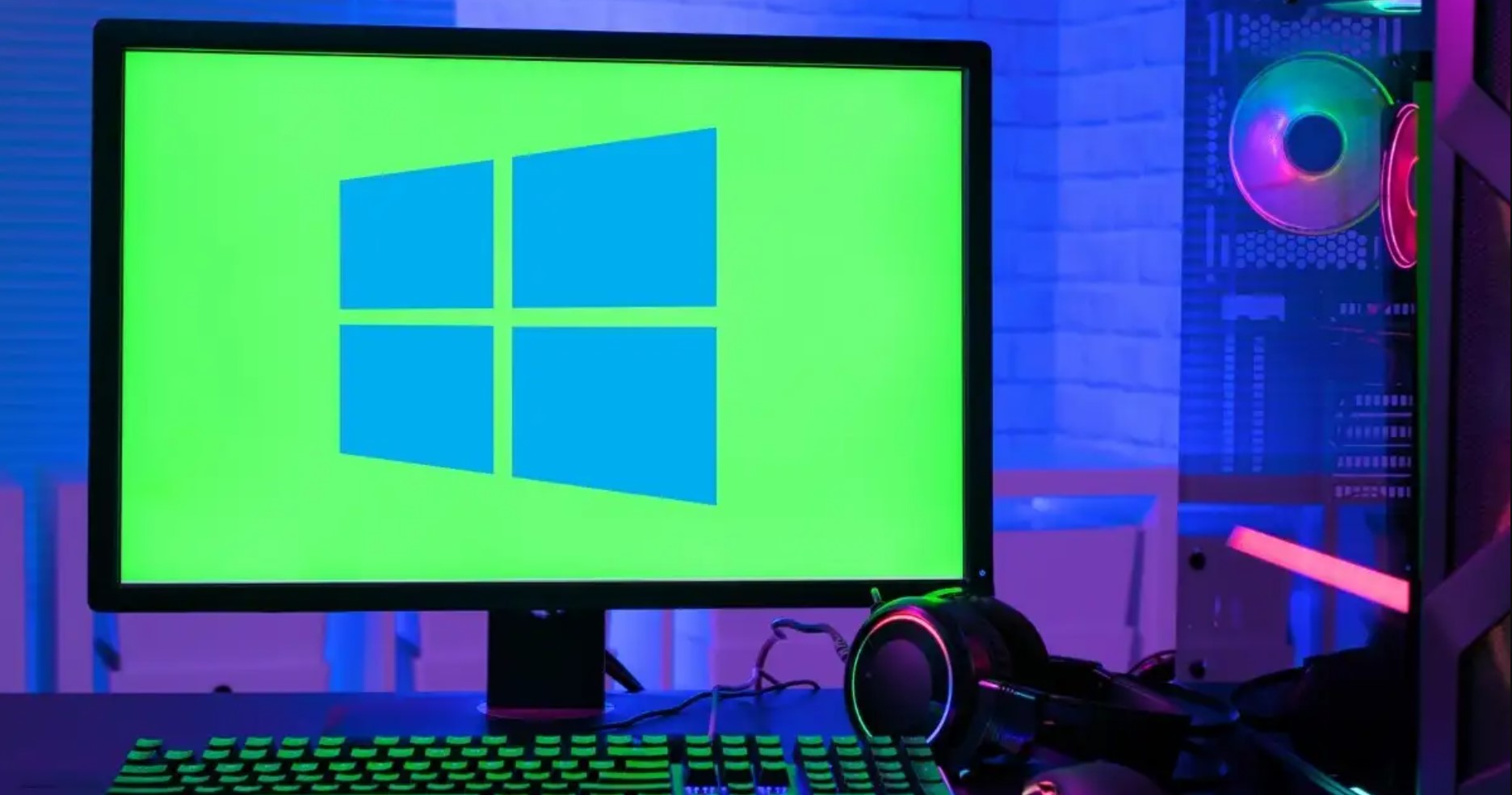With the release of Windows 11, Microsoft introduced a groundbreaking feature known as “Direct Storage,” designed to revolutionize gaming performance on PCs. Direct Storage is a technology that enables games to access data on NVMe SSDs (Non-Volatile Memory Express Solid State Drives) directly, bypassing traditional storage bottlenecks. This article explores the potential of Direct Storage in enhancing gaming experiences, its benefits, and how it works to deliver an immersive and lag-free gaming experience.
Understanding Direct Storage
What is Direct Storage?
Direct Storage is a new API (Application Programming Interface) developed by Microsoft to optimize game performance on PCs. It allows games to have a more direct and efficient access to the data stored on the NVMe SSDs, enabling faster loading times, smoother gameplay, and reduced input latency.
How Does Direct Storage Work?
Direct Storage is a cutting-edge technology developed by Microsoft to optimize gaming performance on PCs. It works by revolutionizing how games access data stored on NVMe SSDs (Non-Volatile Memory Express Solid State Drives). Unlike traditional storage methods, Direct Storage enables games to directly communicate with the NVMe SSDs using the NVMe protocol, bypassing the conventional storage stack. This direct access eliminates the need for the CPU to handle time-consuming data tasks, allowing the processor to focus on other critical game-related processes.
- When a game utilizes Direct Storage, it sends data requests directly to the NVMe SSDs, which respond by quickly delivering the necessary information. This efficient data access leads to lightning-fast loading times, smoother gameplay, and reduced input latency. As a result, gamers can experience near-instantaneous loading of game levels and assets, and enjoy a seamless open-world gaming experience without experiencing noticeable stutters or pop-ins.
To take full advantage of Direct Storage, gamers must have systems equipped with NVMe SSDs that support RTX IO (I/O) technology. This feature, available in certain NVIDIA graphics cards, works in tandem with Direct Storage to offload data tasks from the CPU. Additionally, Direct Storage is exclusive to Windows 11, so users need to ensure their systems are running this latest operating system to enjoy the benefits it brings to gaming performance. Overall, Direct Storage is a game-changing technology that has the potential to revolutionize how we experience games on PCs, making them faster, more immersive, and more enjoyable than ever before.
Advantages of Direct Storage
1. Lightning-Fast Loading Times
- One of the significant advantages of Direct Storage is its ability to dramatically reduce loading times in games. With traditional storage methods, games take longer to load as they have to fetch data in small chunks. However, Direct Storage allows games to access vast amounts of data quickly, resulting in near-instant loading times.
2. Seamless Open-World Experiences
- Open-world games often require continuous loading of assets as the player moves through the virtual world. Direct Storage’s efficient data access allows for a seamless and uninterrupted gaming experience, without noticeable asset pop-ins or stutters.
3. Reduced Input Latency
- Direct Storage minimizes input latency by accessing necessary game data more efficiently. Gamers will notice a significant improvement in responsiveness, which is crucial for competitive gaming and quick reactions during intense gameplay.
Hardware and Software Requirements
NVMe SSDs with RTX IO Support
For gamers to take advantage of Direct Storage, their systems need to be equipped with NVMe SSDs that support RTX IO (I/O) technology. This feature is present in some of the latest NVIDIA graphics cards, and it works in tandem with Direct Storage to offload data tasks from the CPU, further optimizing gaming performance.
Compatibility with Windows 11
As Direct Storage is a feature exclusive to Windows 11, gamers need to ensure their systems are running this latest operating system to leverage its benefits fully.
How to Enable Direct Storage in Windows 11
To enable Direct Storage in Windows 11, follow these steps:
- Update Windows: Ensure that your PC is running the latest version of Windows 11 with all the updates installed.
- NVMe SSD and RTX IO: Verify that your NVMe SSD and graphics card support RTX IO.
- Check Game Compatibility: Confirm that the game you want to play is optimized for Direct Storage.
- Enable Direct Storage: Go to the Windows Settings, click on “Gaming,” and under the “Game installs” section, enable “Direct Storage” for your NVMe SSD.
Direct Storage is a game-changing technology that elevates gaming performance to new heights. By providing games with direct access to NVMe SSDs, it significantly reduces loading times, improves responsiveness, and delivers seamless gaming experiences. Windows 11 users equipped with compatible hardware can take full advantage of this groundbreaking feature, unlocking the true potential of their gaming rigs.
FAQs
- Does Direct Storage work on Windows 10? No, Direct Storage is exclusive to Windows 11 and requires this operating system for compatibility.
- Do all NVMe SSDs support Direct Storage? No, Direct Storage requires NVMe SSDs with RTX IO support to function optimally.
- Will Direct Storage boost the performance of all games? Direct Storage can significantly enhance the performance of games optimized to utilize its capabilities fully.
- Can Direct Storage be enabled on laptops? Yes, as long as the laptop meets the hardware requirements, Direct Storage can be enabled on compatible systems.
- Are there any downsides to using Direct Storage? Direct Storage generally provides benefits without downsides, but compatibility with older hardware and games might be limited.

